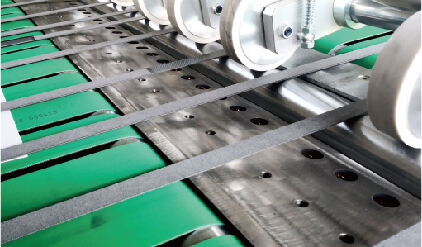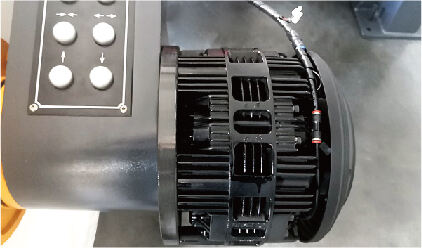slitting equipment
Slitting equipment represents a crucial advancement in modern manufacturing technology, designed to precisely cut and separate various materials into smaller widths. These sophisticated machines utilize precision-engineered rotary knives and positioning systems to achieve accurate, clean cuts across multiple material types, including metal coils, paper, plastic films, and composite materials. The equipment incorporates advanced tension control systems that maintain consistent material feed throughout the slitting process, ensuring uniform cut quality from start to finish. Modern slitting lines typically feature automated handling systems, computerized width adjustment capabilities, and integrated quality control mechanisms that monitor cut accuracy and material integrity in real-time. The equipment can be configured for various operational modes, including razor slitting, shear slitting, and score slitting, depending on the material properties and desired finish quality. Advanced models include features such as automatic blade positioning, dynamic speed control, and sophisticated rewind systems that ensure proper tension and alignment of the finished products. These systems are essential in industries ranging from metal processing and packaging to textile manufacturing and paper conversion.


